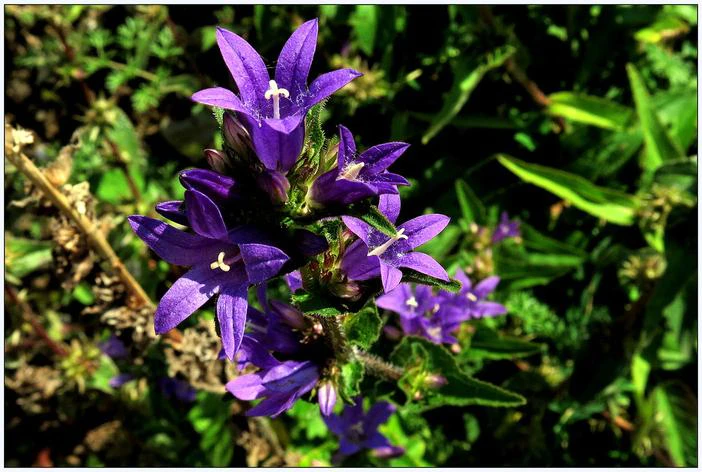Purple Gromwell
(Glandora diffusa)
Purple Gromwell (Glandora diffusa)
/
/

manuel m. v.
CC BY 2.0
Image By:
manuel m. v.
Recorded By:
Copyright:
CC BY 2.0
Copyright Notice:
Photo by: manuel m. v. | License Type: CC BY 2.0 | License URL: https://creativecommons.org/licenses/by/2.0/ | Uploader: M. Martin Vicente | Publisher: Flickr


















Estimated Native Range
Climate Requirements for San Fernando, California
| This Plant | Your Site | Plant Suitability for Your Location | ||
|---|---|---|---|---|
| • Precipitation | 35" - 54" | 15" | Your precipitation may be insufficient for this plant. Irrigate N" / year. | Irrigate N" / year |
| • High Temp. | 70°F - 81°F | 93°F | Your summer temperatures are normal for this plant. | Excellent |
| • Low Temp. | 27°F - 41°F | 42°F | Your winter temperatures are normal for this plant | Excellent |
This plant should grow well at your location with about N inches per year (Y minutes per month) of irrigation.
Summary
Glandora diffusa, commonly known as Purple Gromwell, is an evergreen perennial herb native to the rocky, limestone areas and scrublands of the Mediterranean and Northern Spain. It typically grows to 15 cm (6 in) tall and can spread 60 cm (24 in) or more, featuring dark green, hairy evergreen leaves. From late spring to early summer, it produces masses of striking blue or occasionally white 5-lobed flowers that are highly attractive to pollinators. The plant forms a low, mat-like ground cover, making it an excellent choice for rock gardens, alpine gardens, and as a front-of-border plant.
Purple Gromwell is valued for its drought tolerance and showy flowers, which add a splash of color to the garden. It is hardy down to −15 °C (5 °F) (USDA zones 6 - 8), and thrives in a position with full sun exposure. The plant requires well-drained, preferably alkaline to neutral soil, and is susceptible to root rot if kept too moist. It also needs a period of cold temperatures (vernalization) to initiate flowering. While generally low-maintenance, it may suffer from slug and snail damage, and in some regions, it can be prone to powdery mildew.CC BY-SA 4.0
Purple Gromwell is valued for its drought tolerance and showy flowers, which add a splash of color to the garden. It is hardy down to −15 °C (5 °F) (USDA zones 6 - 8), and thrives in a position with full sun exposure. The plant requires well-drained, preferably alkaline to neutral soil, and is susceptible to root rot if kept too moist. It also needs a period of cold temperatures (vernalization) to initiate flowering. While generally low-maintenance, it may suffer from slug and snail damage, and in some regions, it can be prone to powdery mildew.CC BY-SA 4.0
Plant Description
- Plant Type: Herb
- Height: 0.5-2 feet
- Width: 1-2 feet
- Growth Rate: Moderate
- Flower Color: Blue, Purple
- Flowering Season: Spring, Summer
- Leaf Retention: Evergreen
Growth Requirements
- Sun: Full Sun
- Water: Low
- Drainage: Medium, Fast
Common Uses
Bank Stabilization, Bee Garden, Border Plant, Butterfly Garden, Deer Resistant, Drought Tolerant, Erosion Control, Groundcover, Low Maintenance, Potted Plant, Rock Garden, Salt Tolerant, Showy Flowers
Natural Habitat
native to the rocky, limestone areas and scrublands of the Mediterranean and Northern Spain
Other Names
Common Names:
Scientific Names: Lithodora diffusa, Lithospermum diffusum, Glandora diffusa, Lithospermum fruticosum subsp. diffusum
GBIF Accepted Name: Glandora diffusa (Lag.) D.C.Thomas